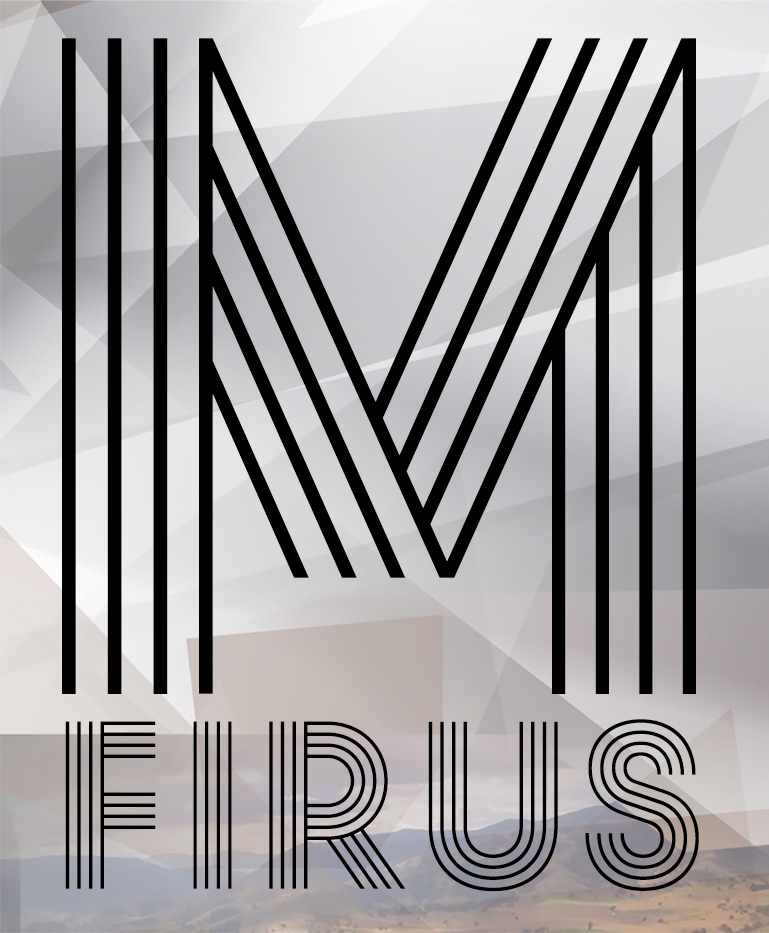
Editing – Pretty Fundamental

A screenshot of part 1 of my last short film inside the editing suite.
I think editing (in terms of the motion picture) is something that we all hold in great regard. I possess this rather forward opinion, because… just think about it. Wouldn’t you want your life to be edited? Get rid of your life’s shaky footage. Speed up the slow parts. Add a driving score to that time you won. Cut out the bit where you kissed her like a 12-year-old and substitute it with at that perfect and rehearsed Hollywood peck. See? We all could use a good edit… some more than others. But for those cursed with deeper knowledge of editing, it would go further than just getting our lives Instagram-on point. No, see if a media student got hold of that magical life-editing suite, all sorts of weird stuff would go down. For starters we’d get into some juxtaposition. We media “academics” would wonder, maybe the whole thing would be more exciting if we suddenly cut to montage of us being epic inter-cut with explosions and lion roars. Hmmm maybe my Hollywood peck would look awesome right after a shot of me saving a kid from drowning. Click, done. All in a day’s work for an informed media student. But alas the real world theory has less lion roars:
- Editing is about holes, spaces and spaces, between gaps
- Juxtaposition
- Sometimes a process of fixing, other times of breaking
- Evident across many platforms
Eisenstein suggests that film must be a tendentious (argumentative) selection and juxtaposition.
- Influencing the audience in the desired direction- manipulative in a sense.
Check out The Man with the Movie Camera(1929) to really get a sense of this:
Let’s see what the pros say:
Edward Dmytryk
- Never make a cut without a positive reason
- When undecided about the exact frame to cut on, cut long rather than short
- The fresh is preferable to the stale
- Substance first, then form – be concerned about your content
Walter Murch
- Emotion – does the cut reflect what the editor believes the audience should feel at the moment
- Story – does the cut advance the story
- Rhythm – does the cut occur at a moment that is rhythmically interesting and ‘right’?
Some terms:
- Eye trace
- 2 dimensional space
- 3 dimensional space
